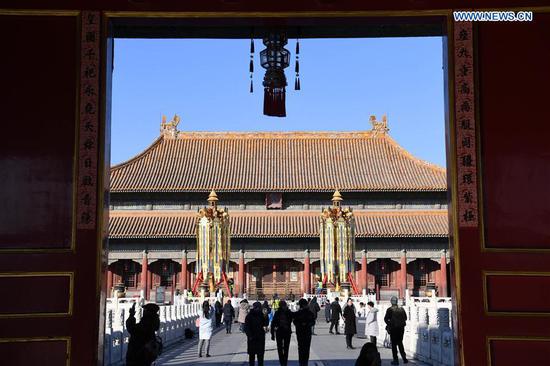Mobile payments contribute to trend, as they're key to good travel experience
China showed eye-catching performance in tourism development in the past year, strongly propelling travel-related industries in the Asia-Pacific region and around the world, according to a recent report by the China Tourism Academy.
Tourism around the world will steadily grow in 2019, with inbound overnight trips projected to increase by 5 percent, while the Asia-Pacific area will see the fastest growth of inbound tourism, the report said.
In 2017, international visitors bound for China accounted for nearly 20 percent of travelers and 8.4 percent of the tourism revenue generated in the Asia-Pacific region.
The academy said Chinese travelers made 140 million outbound trips in 2018, up from 129 million in 2017.
The number of inbound travelers staying overnight in China reached 60.7 million in 2017, up 2.5 percent from 2016 and ranking fourth globally behind France, Spain and the United States.
According to the report, China has been powering the world's tourism development since the Belt and Road Initiative was announced in 2013.
For example, Cambodia attracted $4.7 billion to support its infrastructure construction and tourism development in the first nine months of 2018, with nearly 60 percent of the investment coming from China.
In addition, China received about 110,000 visits from Kazakstan in the first half of 2018, up 12.7 percent year-on-year.
Booming mobile payment services in China are also facilitating tourism, the report said.
Song Rui, director of the Chinese Academy of Social Sciences' Tourism Research Center, said at a news conference that, "Payment is rather important to traveler's experience. Now, e-payment has overtaken credit cards to emerge as the most popular payment method among travelers."
She said that in 2018, e-payments accounted for 36 percent of all payments, while credit cards accounted for 23 percent.
"E-payment is seeing rapid growth in the Asia-Pacific region, especially in China, whose e-payment volume ranks first in the world. E-payments will take about 47 percent of the payment market in next five years," she said.


















































